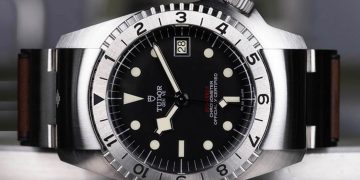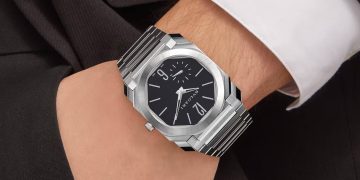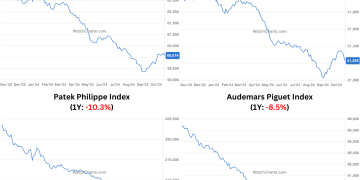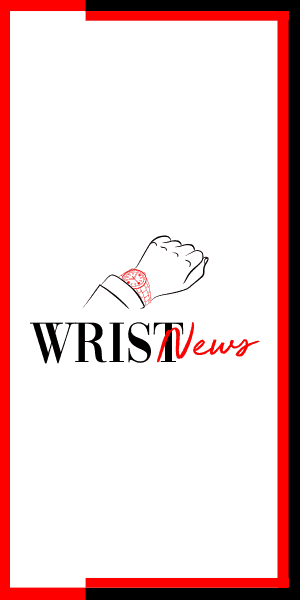Credits: Article and images by Ian Skellern @ Quill & Pad. See the original article here - https://quillandpad.com/2023/11/14/larcum-kendall-and-k1-the-greatest-watchmaker-and-watch-you-have-probably-never-heard-of-reprise-3/
————————————————————————————
Captain James Cook’s third voyage of discovery, 1776–1780, and more
Cook took K1 on his third voyage to the Pacific, again on HMS Resolution (1776–1780). And again the chronometer exceeded expectations.
However, in June 1779 the balance staff was broken and K1 was returned to Kendall for repair. Once fixed, K1 left England on HMS Sirius, which was part of the First Fleet heading out to settle Australia (as a penal colony).
K1 arrived at Botany Bay (Sydney) in January 1788 and after being used by astronomer William Dawes for a few months on land, joined HMS Sirius again on a trip to Cape Town in South Africa to collect supplies for the new colony (basically a trip to the shops).
K1 eventually returned England in April 1792.
The following year, after a service interval that many watch brands still have trouble bettering today, K1 headed out to the West Indies with Admiral Sir John Jervis. After the Caribbean, K1 sailed to the Mediterranean and was on board HMS Victory at the Battle of Cape St. Vincent, which took place between the English and the Spanish off Portugal.
K1 was described by John Gilbert, master of the HMS Resolution on Cook’s second voyage as, “The greatest piece of mechanism the world has ever seen.”
K2 and the mutiny on the Bounty
In 1772, Kendall created K2 with the aim of making a more “affordable” precision chronometer around half the price of K1.
While not quite as good as K1, K2 first sailed in search of a northwest passage above North America and then on to warmer climes in 1787 in the Pacific Ocean with Captain William Bligh on the HMS Bounty.
In 1789, the infamous mutineers took both HMS Bounty and K2, and the latter disappeared until . . .
. . . 1808, when an American ship rediscovered Pitcairn Island, where some of the mutineers had settled. John Adams, the last surviving mutineer, then gave K2 to the ship’s captain, Mayhew Folger.
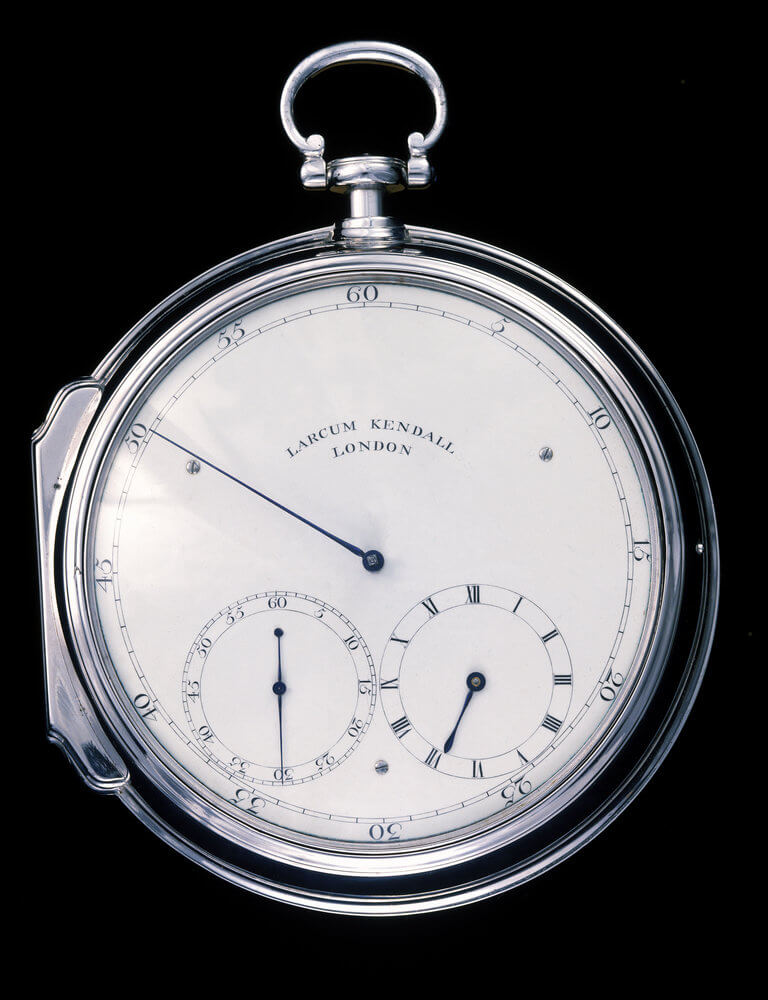

Larcum Kendall’s K2 marine chronometer (image courtesy www.prints.rmg.co.uk)
Folger then sailed to Juan Fernandez Island off the coast of Chile, where the Spanish Governor confiscated K2. It was then bought by a Spaniard called Castillo. When he died, his family gave K2 to a Captain Herbert of HMS Calliope, which sailed from Chile back to England in 1840. Herbert then bequeathed K2 to the British Museum.
Both K1 and K2 are now kept at the British National Maritime Museum, in Greenwich, England.
Few, if any, watchmakers in history have had such an impact on world events as Larcum Kendall, even if we are now fully unaware of it.
His life illustrates just how fundamental to our lives precision timekeeping once was. And very much still is.
The reason this giant of horological history is relatively unknown is because Larcum Kendall was a superlative craftsman rather than an inventor, with his best works being the execution of creations imagined by other great watchmakers. Kendall was the epitome of the “watchmaker’s watchmaker,” and the world we know today would not be same without his impressive contributions.
For more information, please see the Greenwich museum’s website at www.collections.rmg.co.uk/collections/objects/79143. You might also enjoy reading books on chronometer trials (RGO 4/312) as much as I did.
*This article was first published on June 8, 2016 at Larcum Kendall And K1: The Greatest Watchmaker And Watch You Have (Probably) Never Heard Of.
You may also enjoy:
Credits: Article and images by Ian Skellern @ Quill & Pad. See the original article here - https://quillandpad.com/2023/11/14/larcum-kendall-and-k1-the-greatest-watchmaker-and-watch-you-have-probably-never-heard-of-reprise-3/



